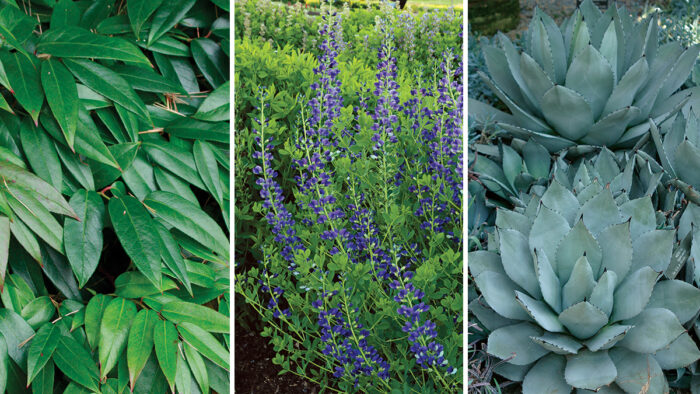
Characteristics such as size, color, and texture can help you determine whether a plant might be a good candidate for a dry garden. There are exceptions to every rule, however, so do a little reading before purchasing a plant that looks like it will be drought tolerant. The following are some traits to look for that might make a plant more water-wise. Read more in Gorgeous Drought-Tolerant Garden Plans and Ideas.
Small or narrow leaves
 |
 |
The less surface area a leaf has, the more able that leaf is to shed heat and reduce evaporation—which in turn reduces the plant’s water loss. Narrow blades, like those found on ornamental grasses, work in a similar fashion to the leaves of tiny thyme.
Taproots
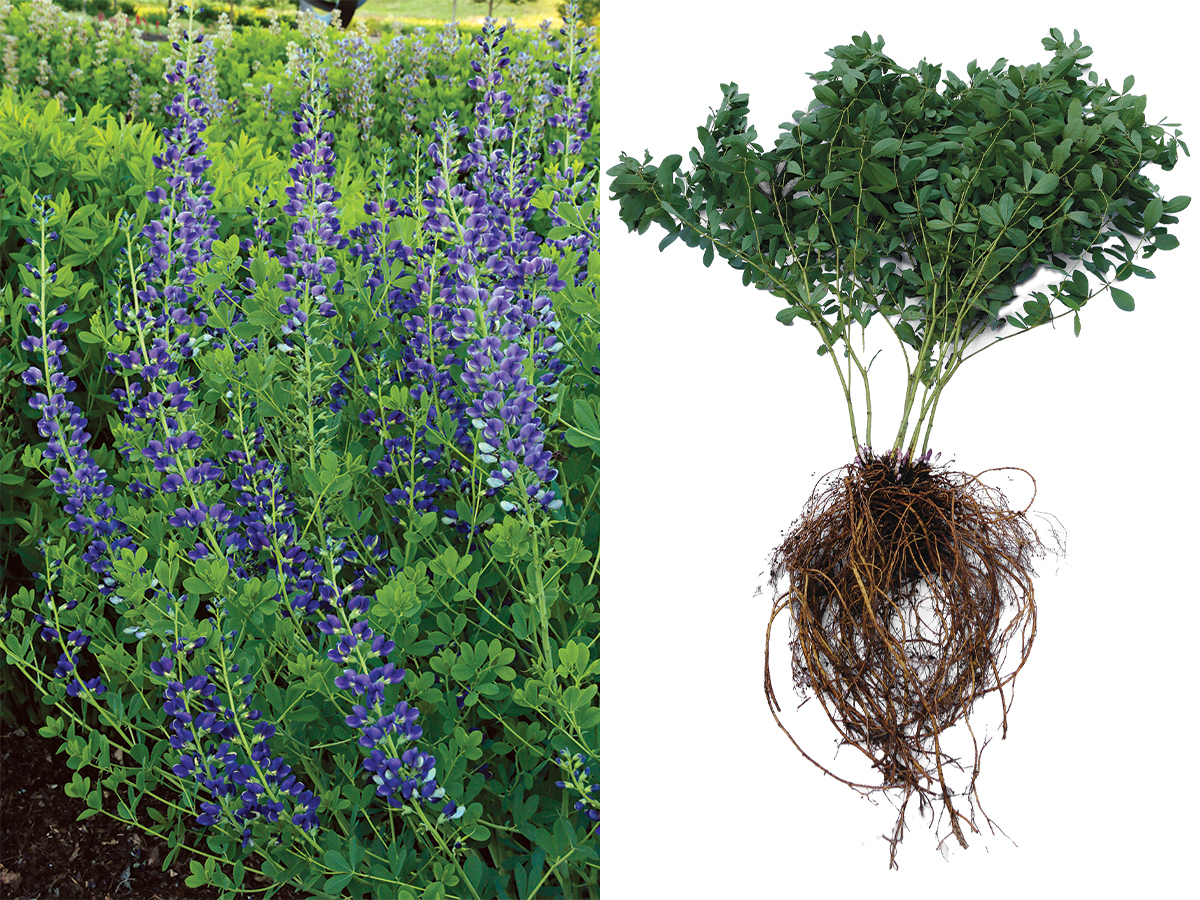
Although taprooted plants can take longer to get established, once such a plant (e.g., baptisia) has extended its water-seeking system deep into the ground, it is more apt to survive periods of surface-level drought.
Leathery or waxy surface
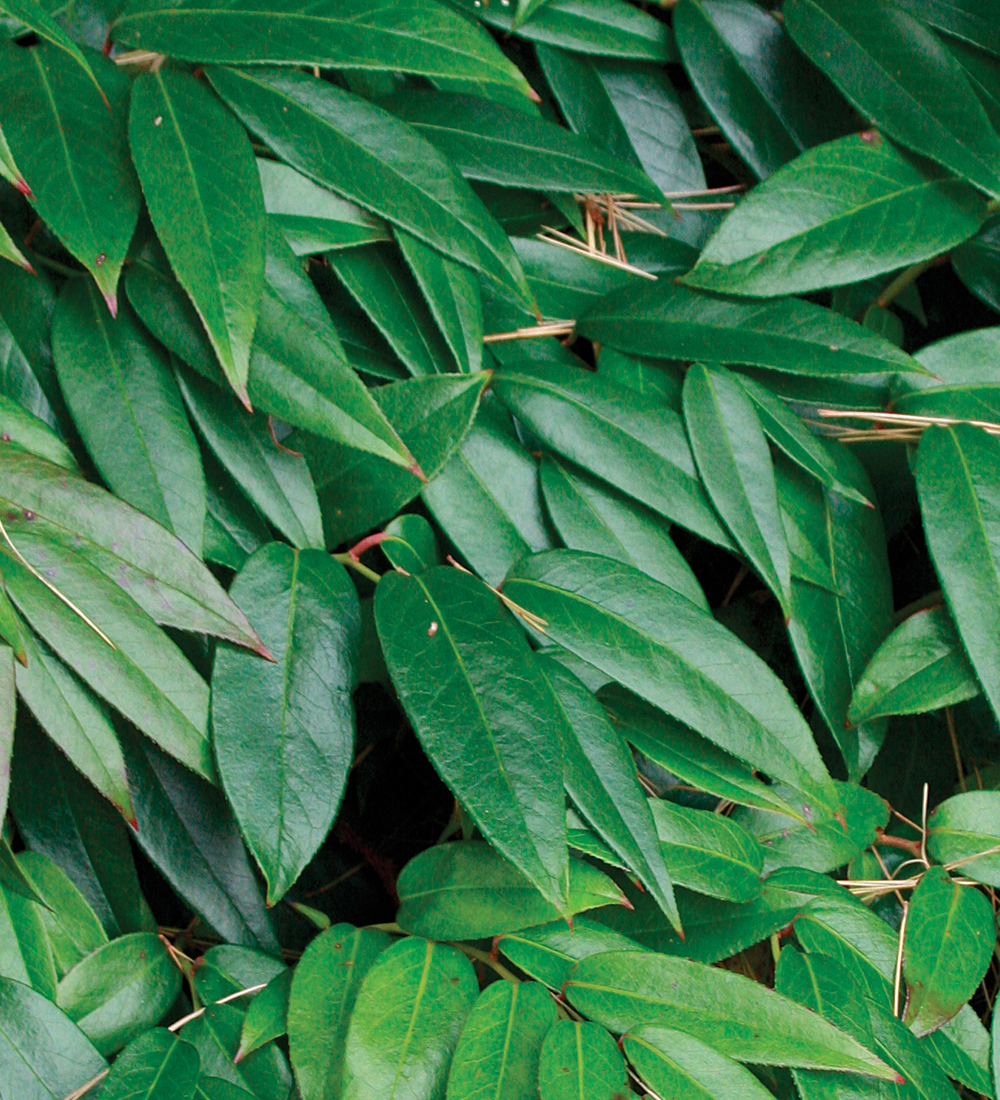
Foliage like that of leucothoe has shown to reduce evaporation in windy locations.
Slow growth rate

By having a limited number of leaves and stems, plants can conserve limited resources needed for growth—like water. Many dwarf varieties, cacti, and succulents (e.g., agave) have embraced this strategy.
Fuzzy foliage
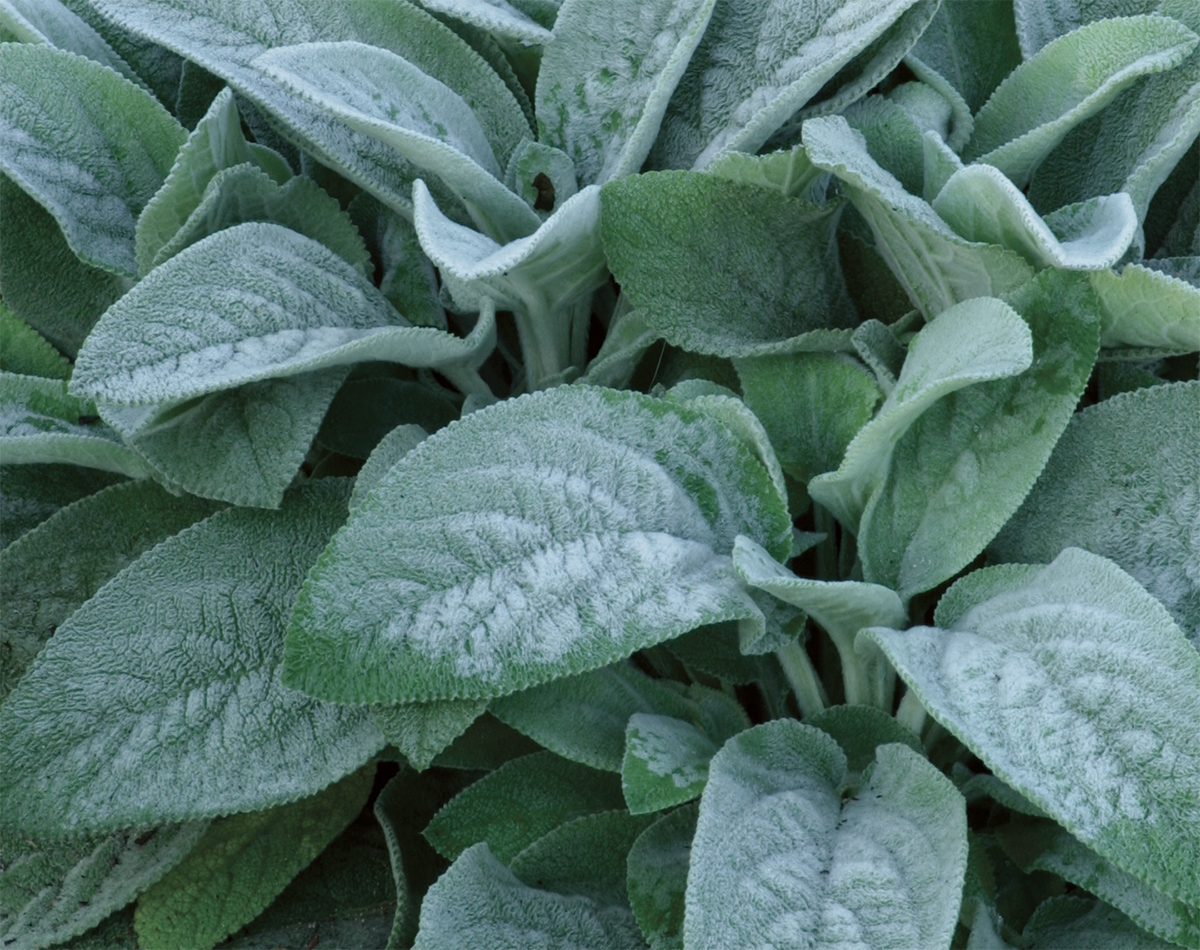
Hairs on the underside of the leaves raise the humidity of the surrounding air and slow down air movement, which slows evaporation. Fuzz along the top of leaves can work as a sunblock as well.
Gray or silver hue
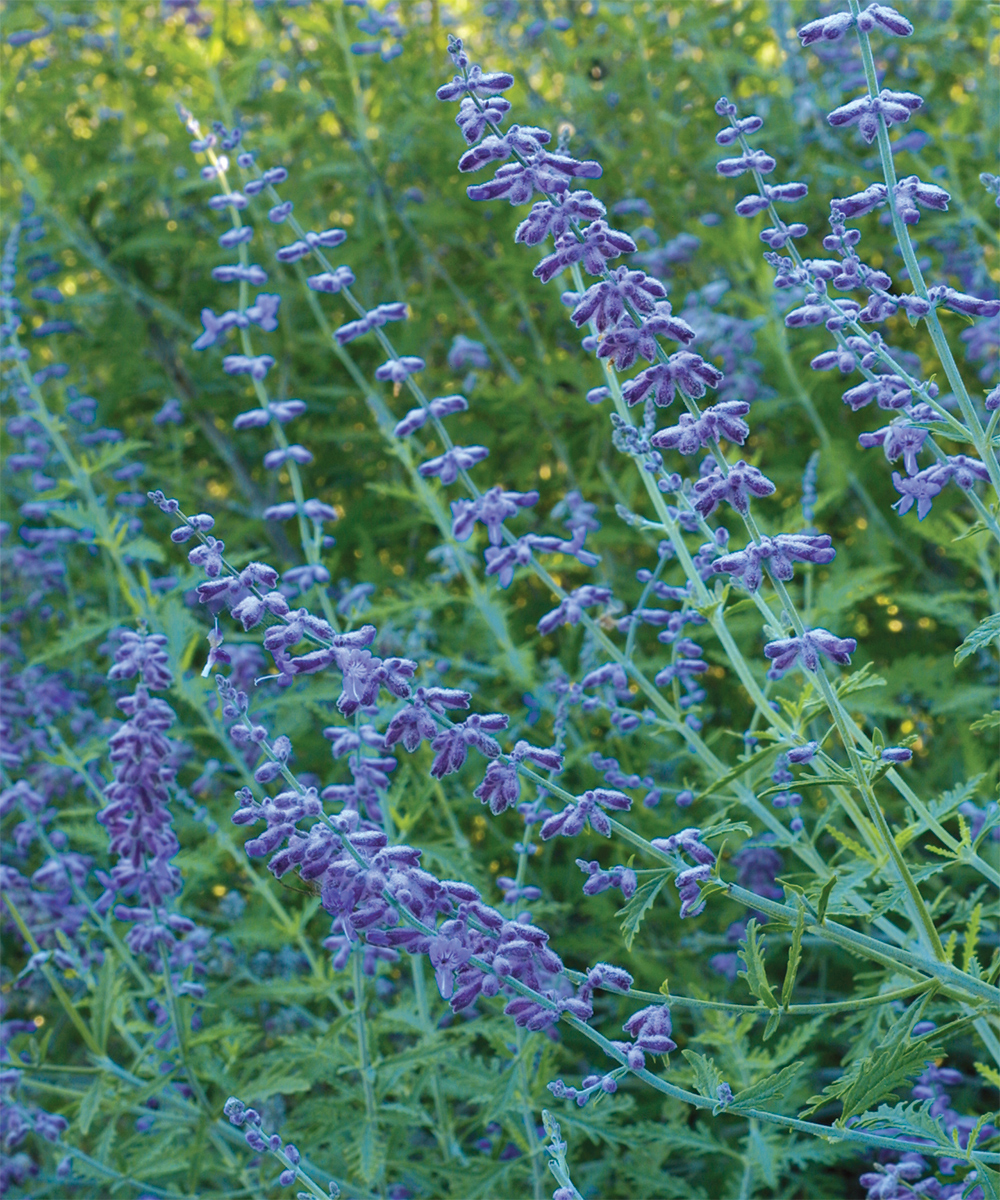
If you’ve ever placed a silver reflection mat in the windshield of your parked car to redirect the sun’s rays, you know why silver- or gray-hued plants are generally more drought tolerant. Their foliage is able to reflect back light and heat, which reduces foliar evaporation.
Danielle Sherry is the executive editor.
Photos, except where noted: Jennifer Benner
Fine Gardening Recommended Products

The Nature of Oaks: The Rich Ecology of Our Most Essential Native Trees
Fine Gardening receives a commission for items purchased through links on this site, including Amazon Associates and other affiliate advertising programs.

Black and Decker 22-inch Cordless Hedge Trimmer
Fine Gardening receives a commission for items purchased through links on this site, including Amazon Associates and other affiliate advertising programs.
- 38 x 7 x 7 inches
- 6.9 pounds
- 1 Lithium Ion battery required (included)

Pruning Simplified: A Step-by-Step Guide to 50 Popular Trees and Shrubs
Fine Gardening receives a commission for items purchased through links on this site, including Amazon Associates and other affiliate advertising programs.



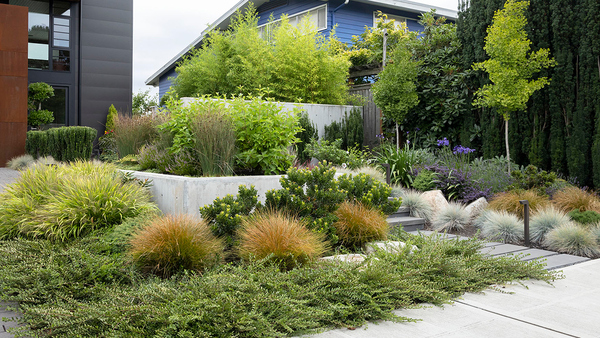
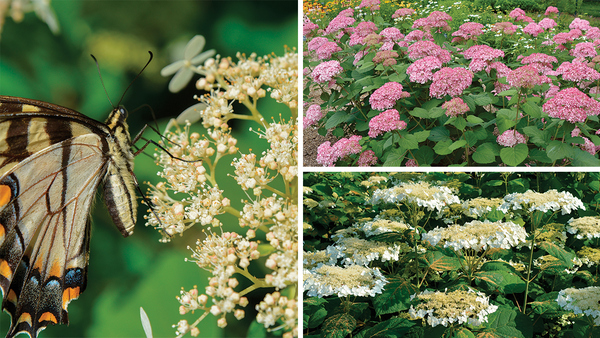













Comments
Log in or create an account to post a comment.
Sign up Log in